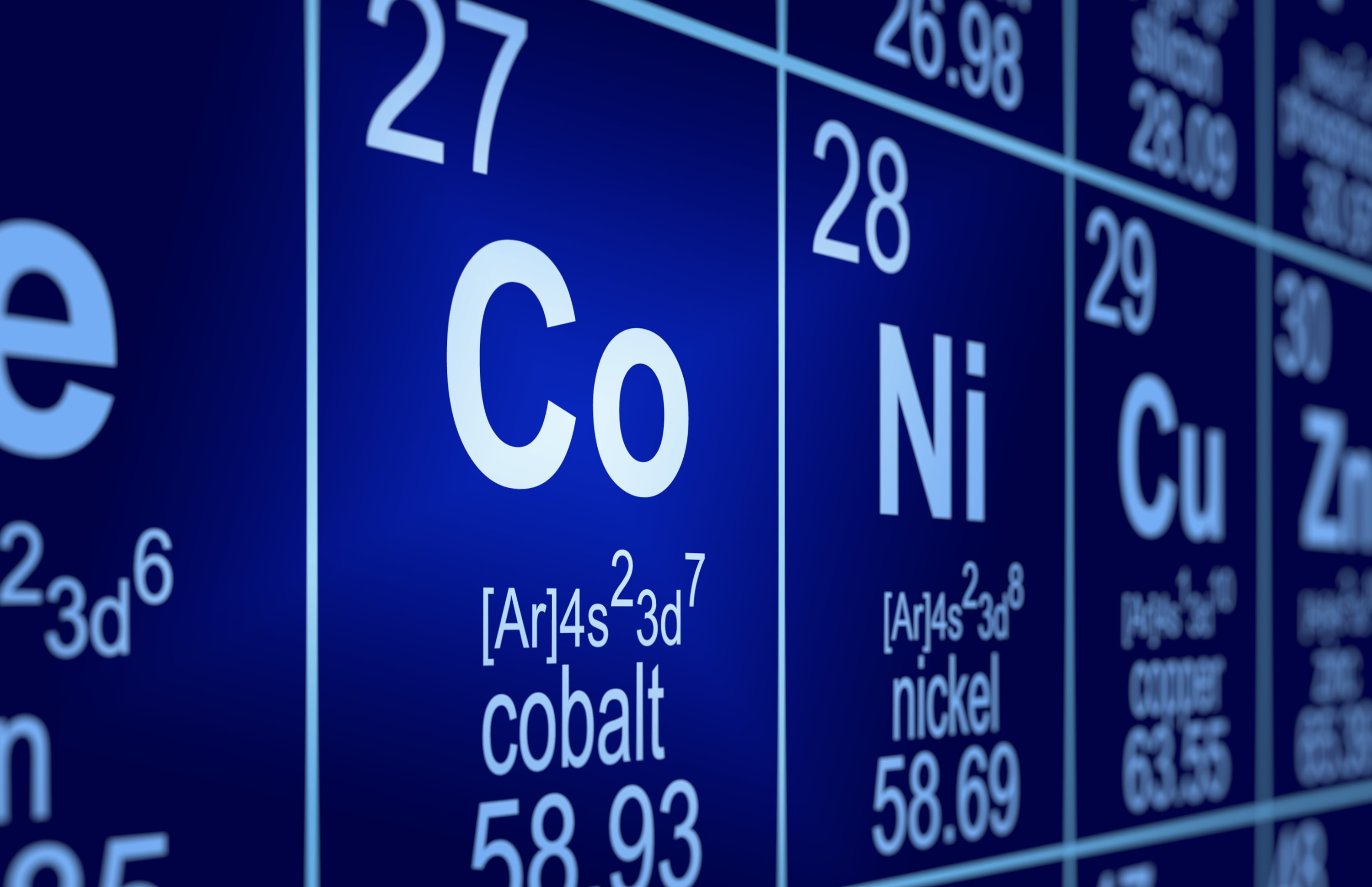What will be the impact of the DRC cobalt export ban?
News Analysis

26
Feb
2025
What will be the impact of the DRC cobalt export ban?
The DRC government announced a four-month suspension of cobalt hydroxide exports, effective 22 February.
The cobalt market is considerably oversupplied, with consensus being that there is 50-70ktpy of cobalt in hydroxide overhanging the market. Stocks sit at production sites in the DRC, in warehouses elsewhere in Africa (mainly in Zambia and South Africa) and in Asia (mainly China and Malaysia).
Patrick Luabeya, President of the Authority for the Regulation and Control of Strategic Mineral Substances’ Markets (ARECOMS), told reporters that the decision aims to align DRC’s exports with world demand and regulate supply in international markets facing oversupply. However, export restrictions will do little to alleviate the oversupply situation, assuming that cobalt production is unaffected.
The direct outcome of the restrictions will be a drawing down of stocks sitting outside of the DRC but a build-up of stocks in the DRC. As such, while consumers may start to find it increasingly difficult to procure hydroxide, the global oversupply situation could be unaffected. Much will depend on whether the ban forces any producers to curtail production.
The impact on cobalt prices, which remain at very low levels, will depend on the length of the ban, which may be modified or terminated after three months. Project Blue estimates that stocks outside the DRC could amount to more than four months of demand – suggesting that things would only get interesting if the ban were extended.
Meanwhile, the DRC is no longer the only key country providing cobalt to international markets. Indonesian HPAL continues to ramp up adding cobalt into the feedstock market. In 2025, Project Blue expects Indonesia to produce 52.3kt cobalt contained in nickel intermediate products, accounting for around 16% of global supply.